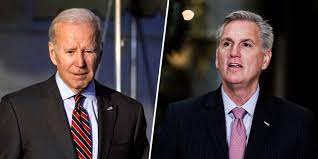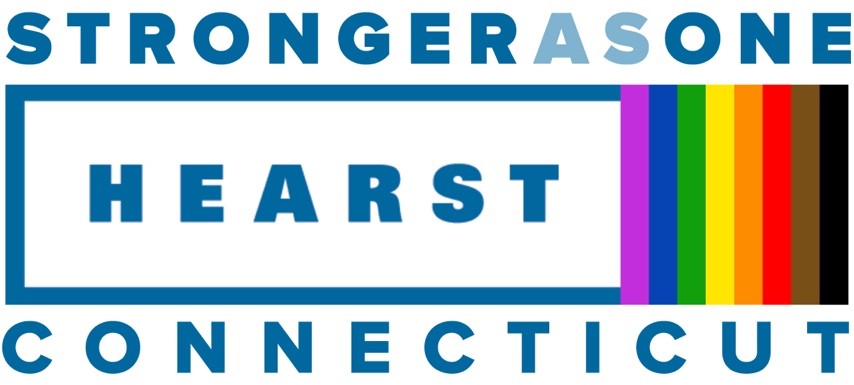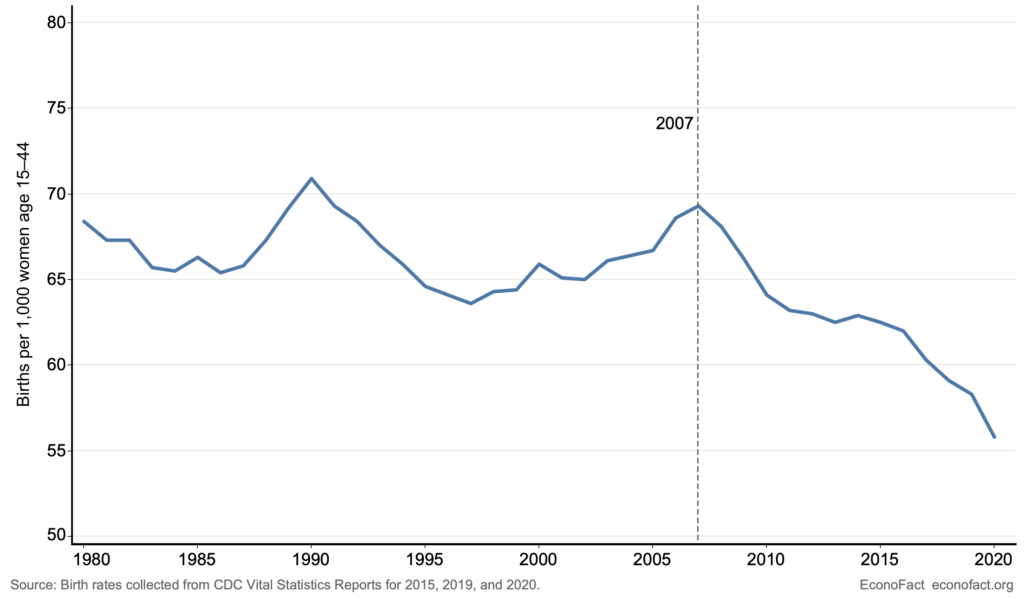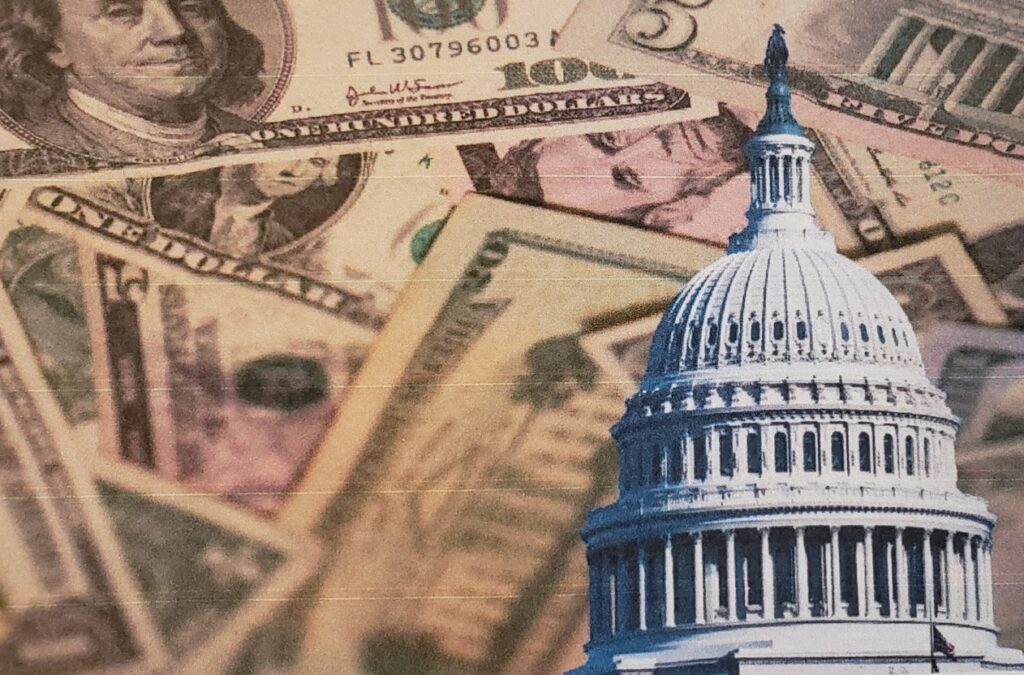President Biden and House Speaker McCarthy delayed their meeting on the debt ceiling from Friday to Tuesday. Maybe there’s progress as aides “negotiate.” Yet, the debt ceiling crisis is but a symptom of a much more consequential debt crisis in the U.S.
It is not too much of an exaggeration to say that Biden’s massive spending imperils the nation, risking an eventual fatal default, not simply a temporary immediately-curable default. The debt ceiling has served a valuable function in forcing the nation to confront its unsustainable spending habit and its mountain of accumulated debt.

















